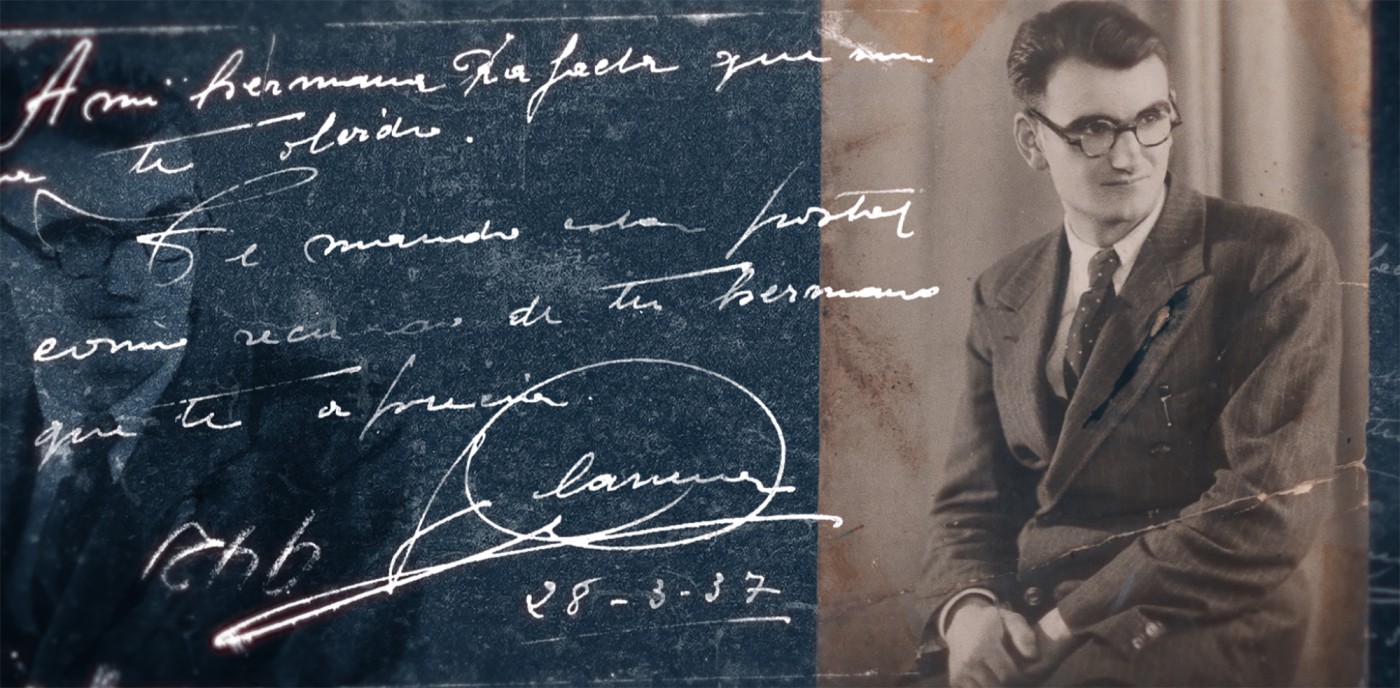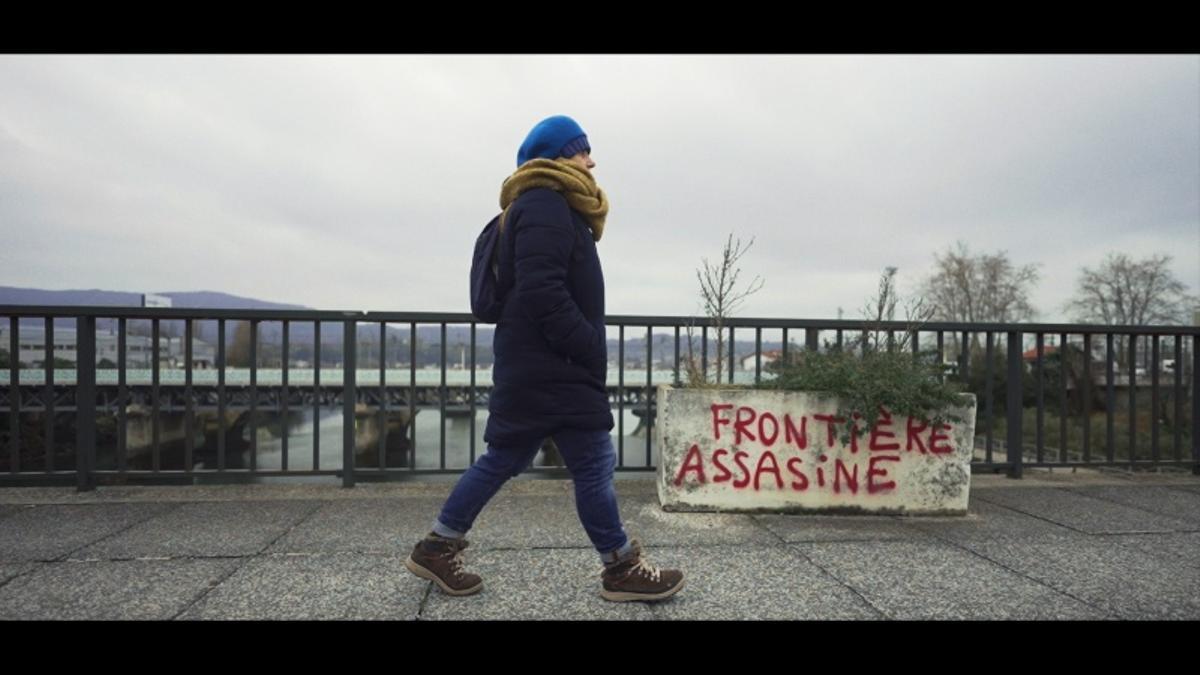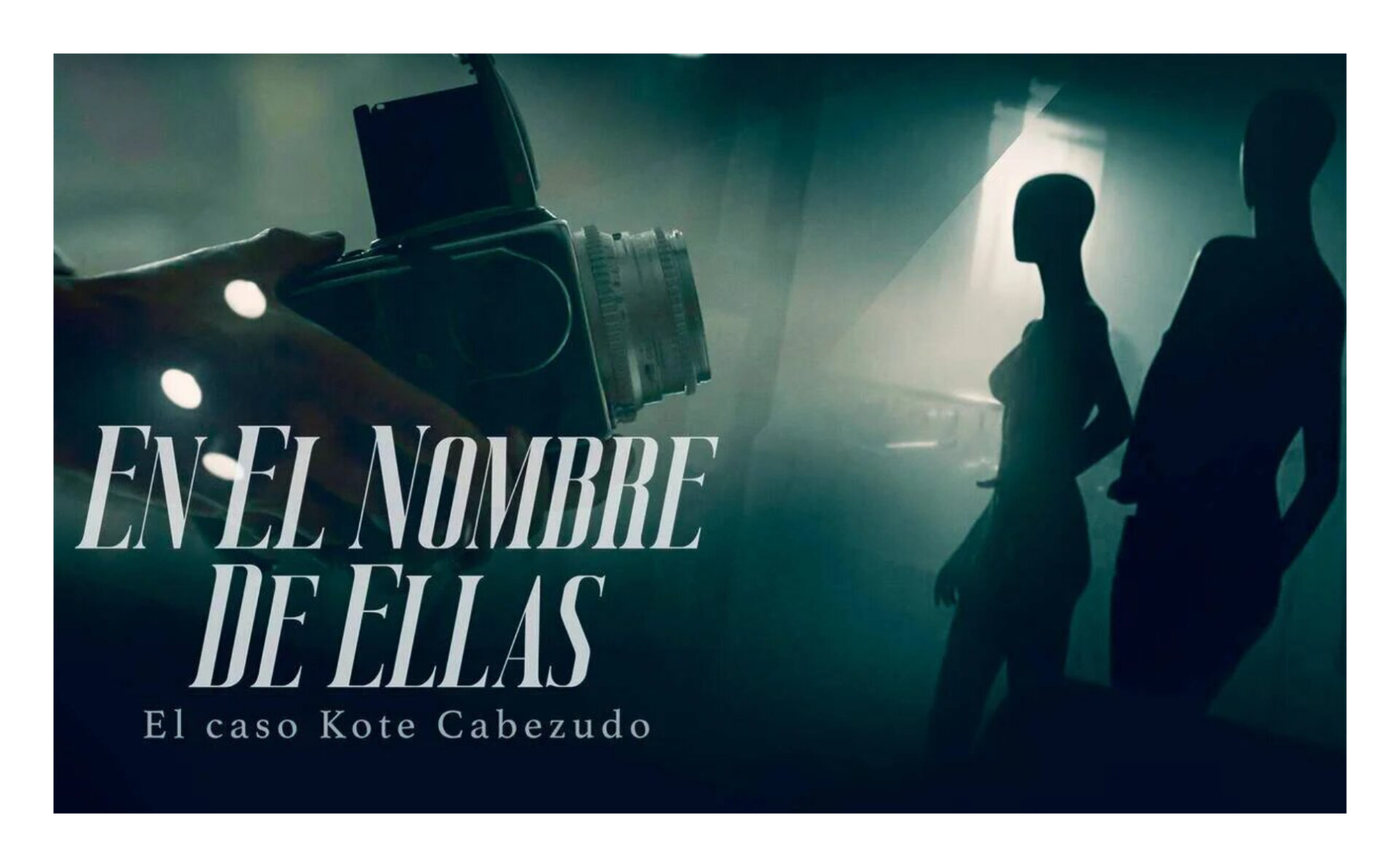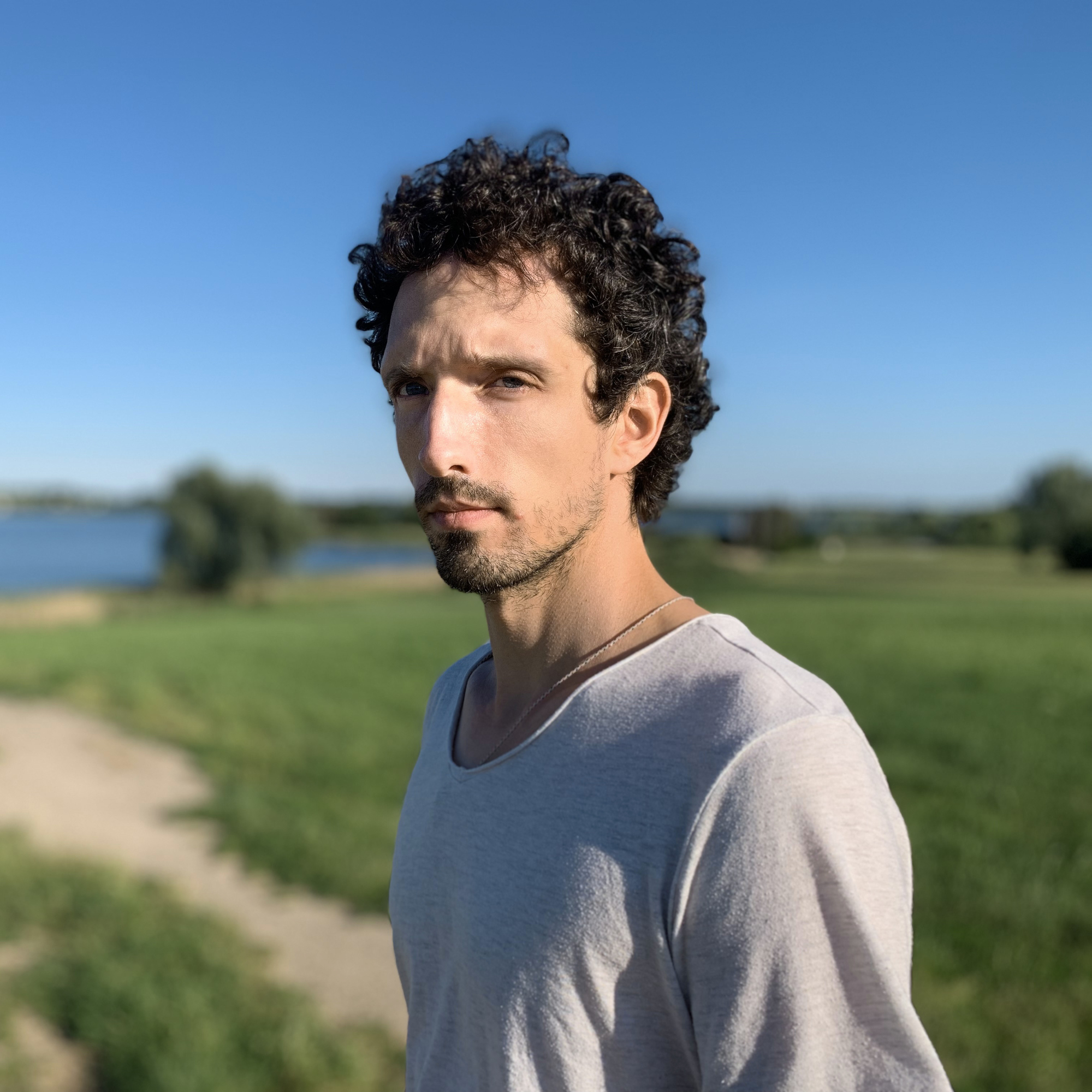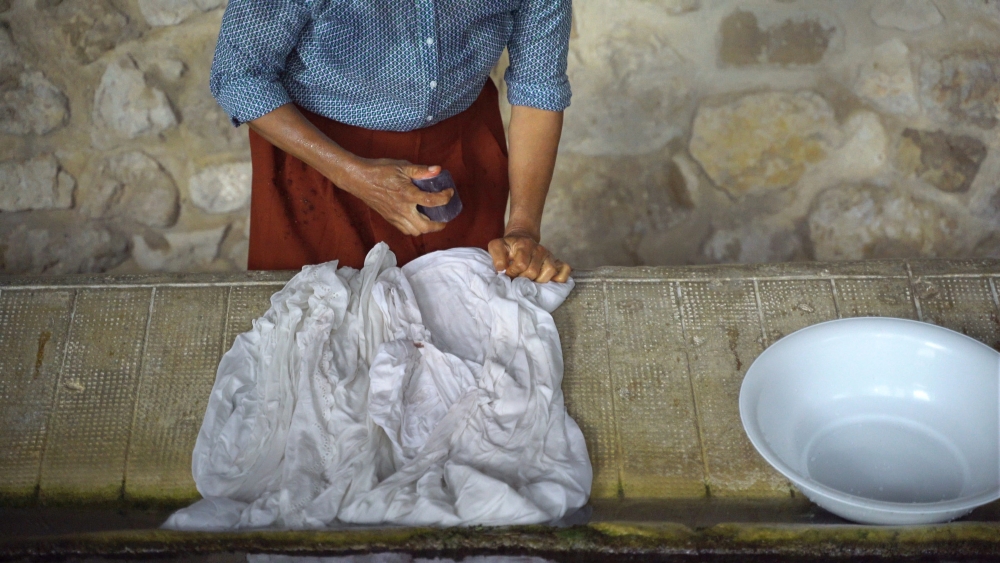The force of documentaries, to denounce the situation of animals
- There are many documentaries that in recent years have wanted to denounce the situation of animals in the world: Earthlings, Cowspiracy, The Cove, BlackFish, Meet Your Meat, The Elephant in the Living Room... All of them created with an intention: to show the viewer through the audiovisual, the regrettable and painful life of living beings who are exploited to eat, dress, have fun or experience. All these studies denounce the situation of many international animals; but also in our own country there is a work that reflects animal mistreatment: Askekintza created the documentary Gurean with hidden images.
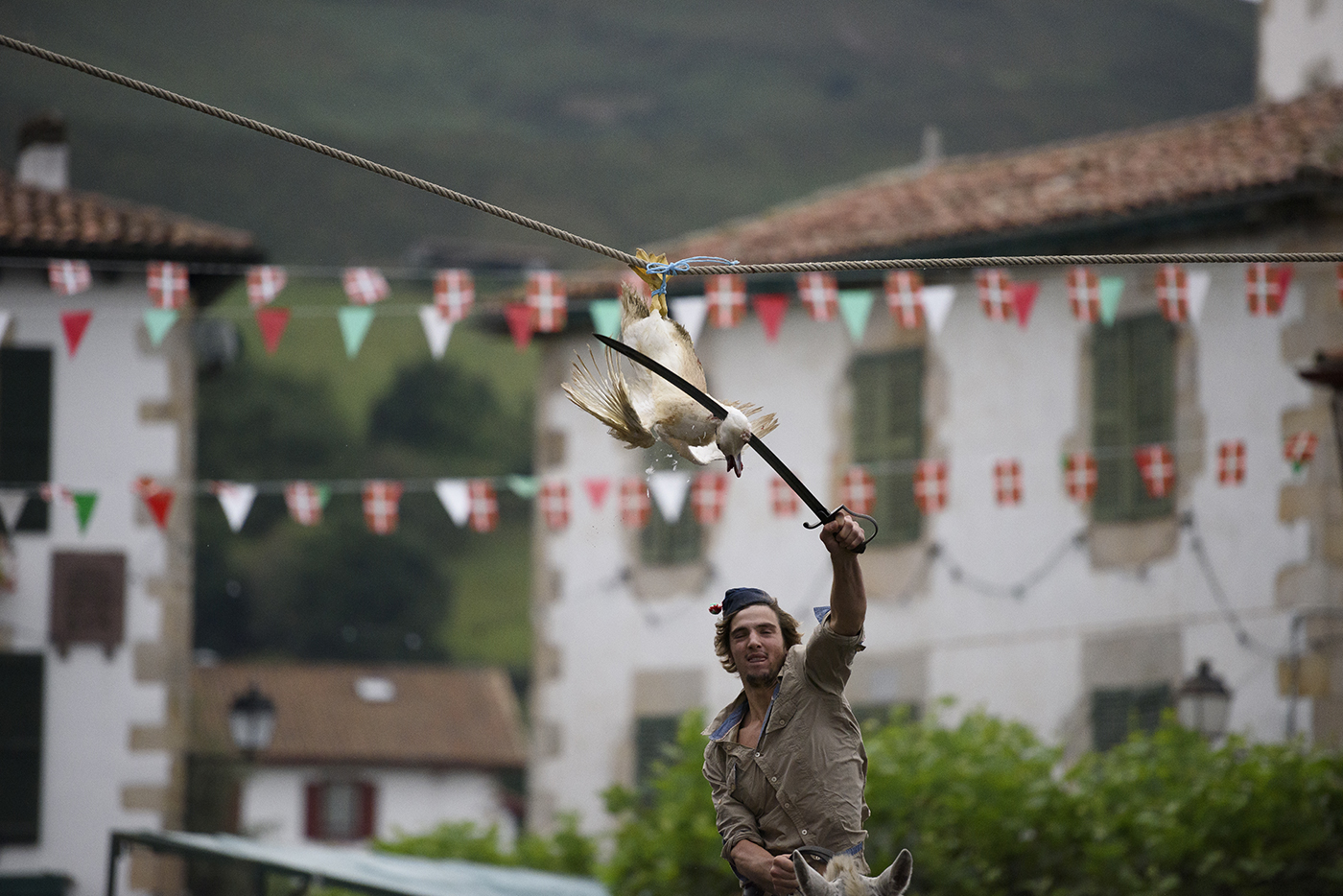
The documentary transports us through thirty villages and many farms, showing the oppression of animals at parties. It was time to address the debate on the use of animals at the festivities of Euskal Herria, and thanks to this work it seems that it will. That is the purpose of the documentary that Askekintza has worked for four years; to mix our interior and awaken our conscience. It is the first documentary on the subject, the result of years of research. In the festivities of Euskal Herria every year, hundreds of animals are captive, exploited and used. Sokamuturra, horse and oxen trawls, rams, bulls, fishing and hunting competitions, donkey races, animal exhibitions, horse or donkey racing, etc. The examples are endless, but they have a common feature: they are totally unfair.
It is interesting to use the documentary format to denounce the treatment of animals: the
format gives it more strength
I find it very difficult to analyse this type of work from a purely cinematographic and technical point of view, since, with such a clear and important objective, I tend to stay with the intention. Although I will do so in this case, that does not mean that it is technically insufficient, on the contrary. Despite being hidden images, they are carefully ordered and very elaborate images from the point of view of continuity. The photographic address of Linas Korta seemed to me to be a great job in this regard. The voice-over that transports us in every minute also helps a lot, and the 40 minutes that it takes are perfectly exploited.
But without going into such specific aspects, I would like to mention the virtues of documentary format. Today, the Internet and the strength of social networks are unmatched, as they can become a powerful tool for denouncing many injustices. But I think most of the allegations are lost in ostracism. Yes, we retweet or open, those seconds that last confuse the brain and the heart, but the next day remains the same: other images, and the next day others. That is why I find it important and interesting to use the document format, in this case to denounce the situation of animals. The strength of these audiovisuals seems to me to be more effective. In the small cinemas and cultural houses of Euskal Herria, a lot of people are gathering together, for example, to see these images recorded by Askekintza. We know them, many times
Festivities are the mirror of our society and although other demands must be made in them, we cannot deny the place of the opponent to animal oppression.
They are certainly examples of what we have heard. But when we see them with our eyes, in silence and on a large screen, at that moment when the suffering of these beings penetrates through our eyes, do you not think that it acquires a huge force and that it reaches the receiver better? To me. The most significant example could be Earthlings. It will seem like an excess, but in 2005 this work led by Shaun Monson managed to change the vision of thousands of people. With Joaquin Phoenix as a storyteller, the images you see on the spot sparked an explosion that definitely opened many people's eyes.
In the last minutes of Gurean, making a small review of the images we have seen and while the song Apalatxaren Lotura venzoitsua mows the images, the viewer submerges in this last and important reflection. Let what we have seen not be there. Festivities are the mirror of our society, and although we have many problems to face at parties, we cannot deny that the end of animal oppression must join those demands. Our people have made many advances throughout history, proudly, in favour of the creation of a more just society. Now is the time to question the use of holiday animals.
Itoiz, udako sesioak filma estreinatu dute zinema aretoetan. Juan Carlos Perez taldekidearen hitz eta doinuak biltzen ditu Larraitz Zuazo, Zuri Goikoetxea eta Ainhoa Andrakaren filmak. Haiekin mintzatu gara Metropoli Foralean.
Projection of the documentary Bidasoa 2018-2023
Where: Martutene prison, Donostia
When: Friday, 22 December, 16:00h
Available as a network: Perfect on the platform
------------------------------------------------
It's Christmas. Friday after lunch. Let us go through the long... [+]
FIPADOC Nazioarteko dokumental jaialdia berriz heldu da Miarritzera. Urtarrilaren 19tik 27ra ospatuko dute, eta seigarren edizio honetan «Italia eta Afrika» izanen dira protagonistak.
Hands have a varied symbology. With hands the world is driven and with strong fists the command is supported. Power also fights with fists, picking fingers and raising hands up. Hands are necessary for those who have always been the losers of life, for that alone has been an... [+]
Lana finantzatzeko diru bilketa abiatu dute; ahalik eta gehien zabaldu nahi dute ikus-entzunezkoa, protagonistak sufritutakoa ezagutarazteko eta torturak salatzeko. Bi arnas kontatzen dira, torturaren eraginez itxi gabe dauden bi zauri: Sorzabalena eta haren ama Maria Nieves... [+]
Mikel Zabalzari buruzko Non dago Mikel? filmak Urugaiko Nazioarteko Zine dokumentalaren festibalaren sari nagusia irabazi du, AtlantiDoc Saria hain zuzen ere, dokumentu-film luzerik onenarentzat.












